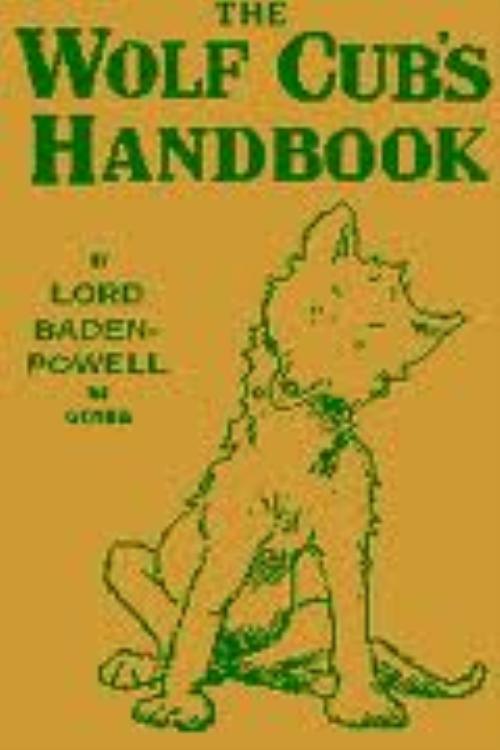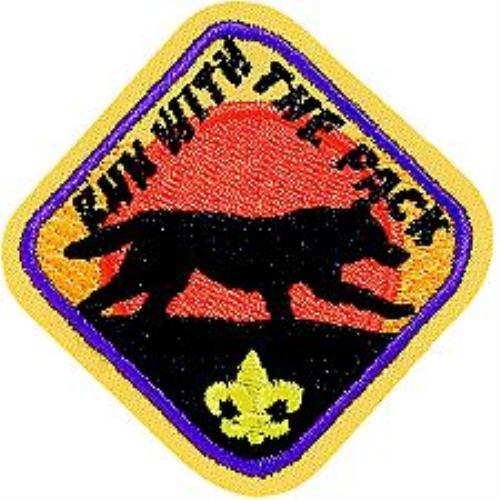In England, younger boys were eager to become Boy Scouts. In 1914, Baden-Powell began implementing a program for younger boys that was based on Rudyard Kipling's Jungle Book. The Wolf Cub program began in 1916, and since that time, Wolf Cubbing has spread to other European countries with very little change.
In America, hundreds of Cub Scout-age boys and their families were clamoring for a program of their own. As early as 1920, Scout executives at the first national training conference discussed the needs of younger boys. The BSA, however, felt it wise to postpone any action until there was more objective evidence.
 | In 1925, Dr. Huber W. Hurt, a research psychologist and veteran Scouter, was authorized to study existing organizations for younger boys, such as Boy Rangers, Boy Pioneers, American Eagles, and Boys' Clubs. He found that only one boy in 50 participated regularly in any type of organized leisure-time program. He also found that younger boys responded better to leadership and program efforts than older boys. He worked closely with Ernest Thompson Seton. Both men recommended that the BSA adopt a program for younger boys, with older Boy Scouts as leaders, to tie into home, church, school, and Boy Scouting.
The National Executive Board authorized the Chief Scout Executive to thoroughly investigate the matter. An advisory committee worked with the BSA to develop a plan and produce the necessary literature. Advice was obtained from leading psychologists, sociologists, teachers, school superintendents, professors of education, college executives, and recreation and welfare directors.
By 1929, the new Cubbing program (it wasn't called "Cub Scouting" until several years later) was taking shape and was introduced as a demonstration project in a limited number of communities. Its structure was similar to today's Cub Scouting, except that dens were led by Boy Scout den chiefs. The plan included a neighborhood mothers' committee to encourage Cubs and den chiefs. |
In 1930, Cub Scouting was formally launched, with 5,102 boys registered at the end of that first year. By 1933 the time had come to promote Cub Scouting throughout the country as a part of Scouting. All experimental restrictions were removed, and the first national director of Cub Scouting was appointed.
The first dens met weekly at a member's home, where boys played games and enjoyed crafts and ceremonies. The pack met weekly or semimonthly for games, den competitions, awards, stunts, and other activities. Cubs advanced from Bobcat (for all new members) to Wolf (age 9), Bear (age 10), and Lion (age 11) and joined a Boy Scout troop at age 12.
In 1949, the age requirement was lowered to between 8 and 10 for Cub Scouts. In 1982, Tiger Cubs was started based on shared leadership of boy-adult partner teams and the school year calendar. In 1986, Cub Scouts could register as second-grade boys.
Cub Scouting in America is different from the younger-boy programs of other countries because it is centered in the home and neighborhood. With the encouragement of family and leaders, boys enjoy a program that covers a wide variety of interesting things. It suggests activities that boys enjoy doing on their own when adults are not supervising them. These activities are particularly suited to boys of Cub Scout age and are different from those they will encounter in Boy Scouting.
 | 
A strong influence from Kipling's Jungle Book remains today. The terms "Law of the Pack," "Akela," "Wolf Cub," "grand howl," "den," and "pack" all come from the Jungle Book.At the same time, the Gold and Silver Arrow Points, Webelos emblem, and Arrow of Light emblem are taken from our American Indian heritage. |